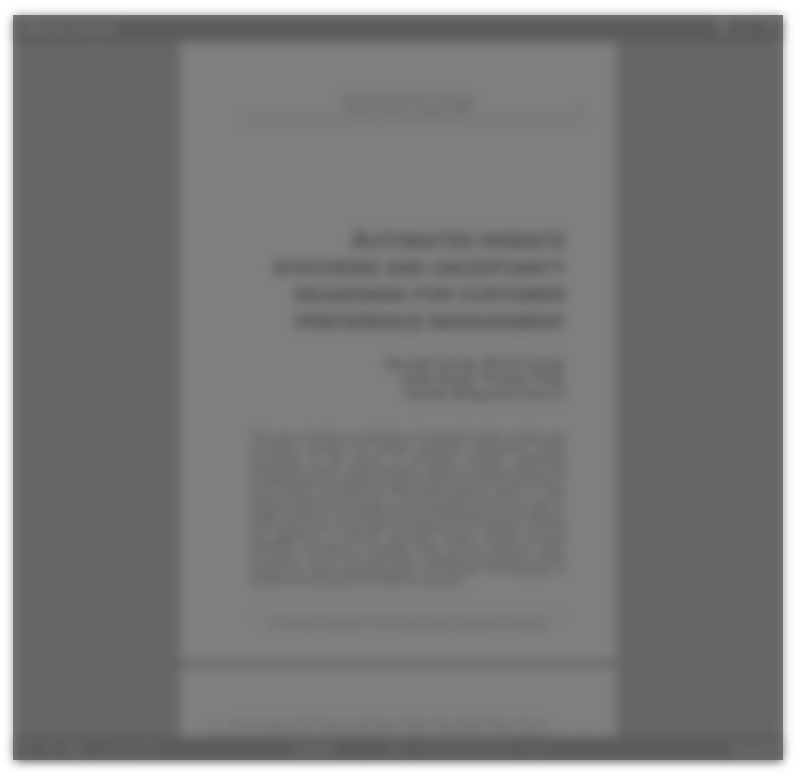Abstract:
The authors report findings from a comprehensive analysis of radio audience data captured by Arbitron's Portable People Meter (PPM). The paper compares the diary and PPM results for a common area and time period and list of stations. Comparisons, not unexpectedly, show differences in overall amount of radio use, the distribution of radio use by time periods, the relative importance of radio listening for different subgroups of the population, the reach of radio, and shares and reach of the different stations. There are also indications that the structure of radio listening (e.g., relative weight of heavy-light listening, demographic profiles, etc.) is different. The reasons for these substantive differences are explored. It becomes evident that the tasks of writing a daily diary and carrying a PPM attract different populations, as measured by standard demographics, socio-economic and lifestyle variables, but account for relatively small differences between the methodologies. The paper also examines differences in the definition and measurement of radio listening as the reason for differences between diary and PPM measurement. This analysis points to the definition of radio listening as the predominant reason for the different radio audiences observed.







